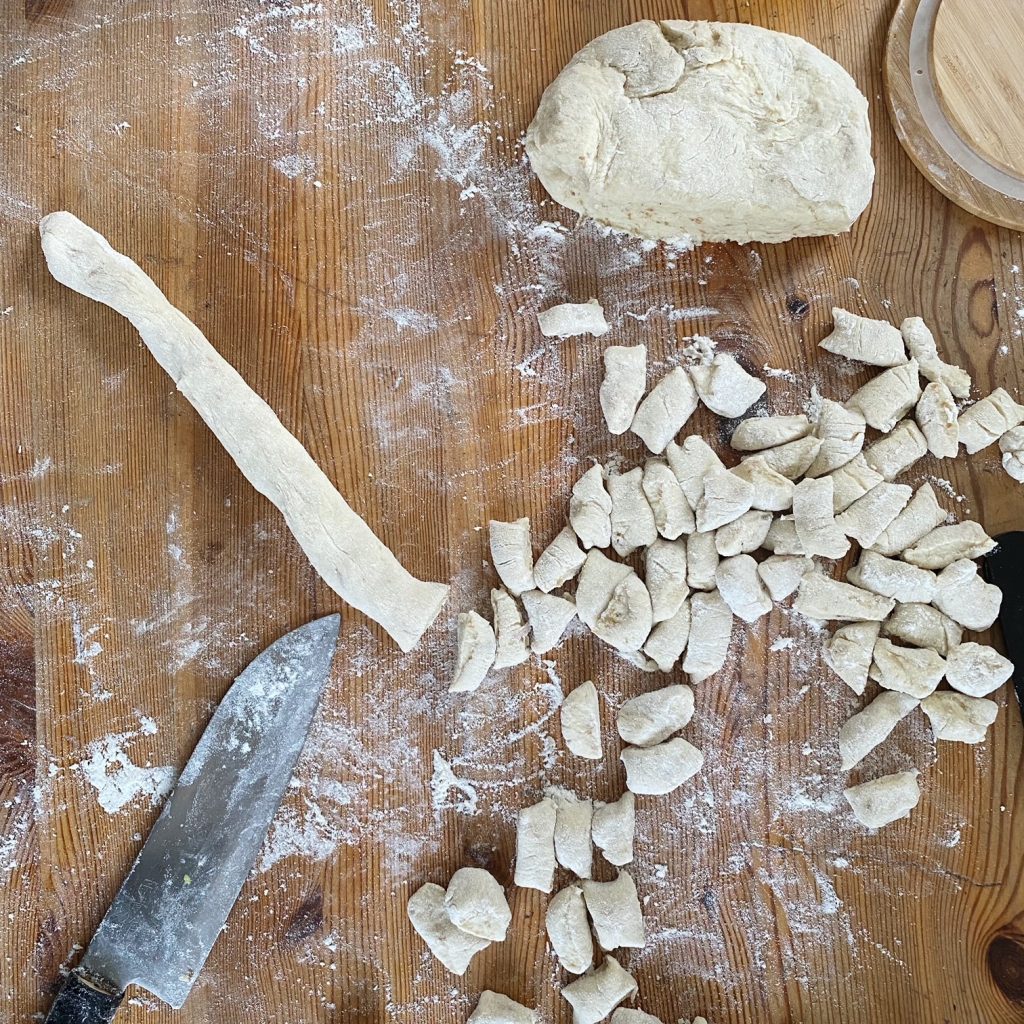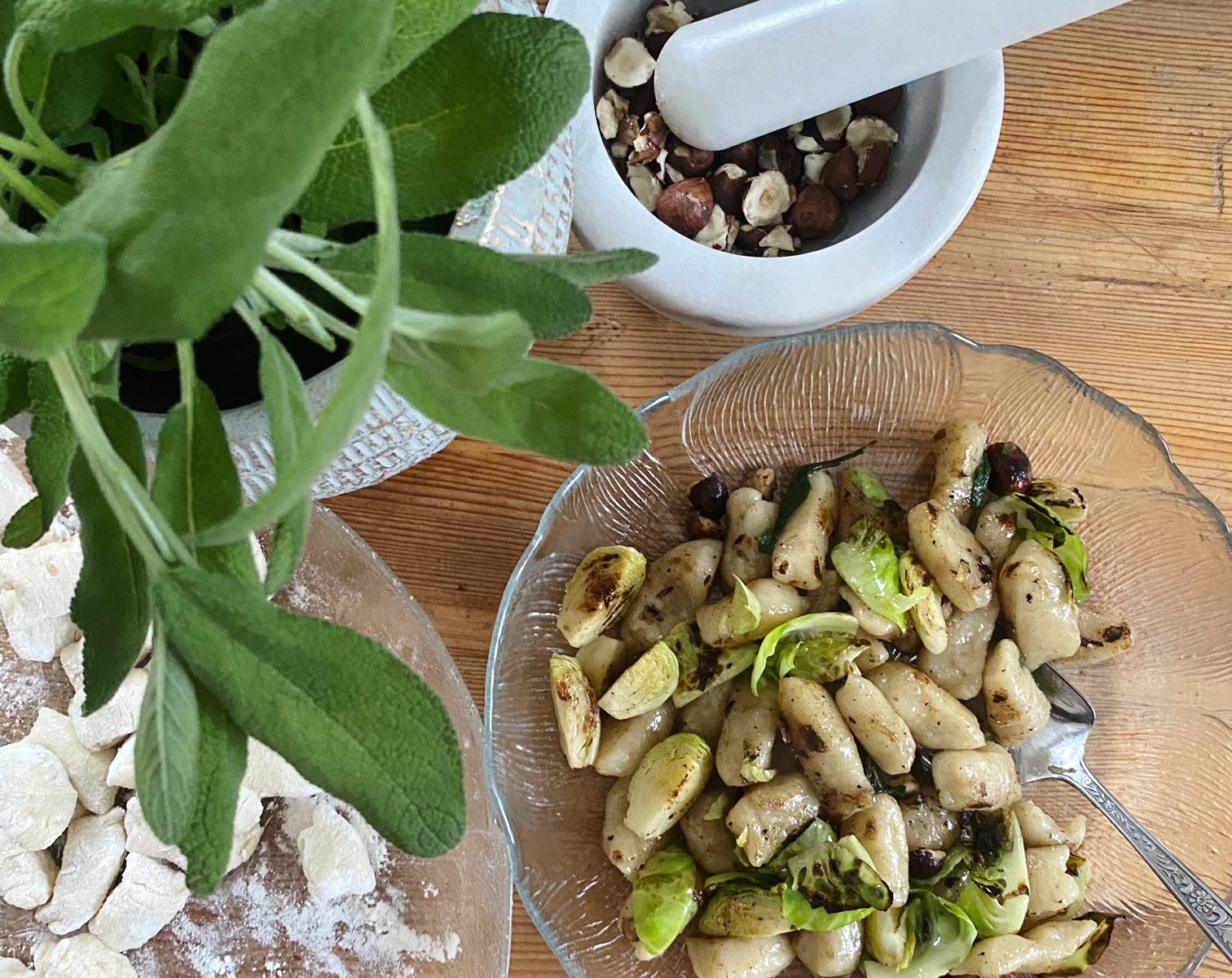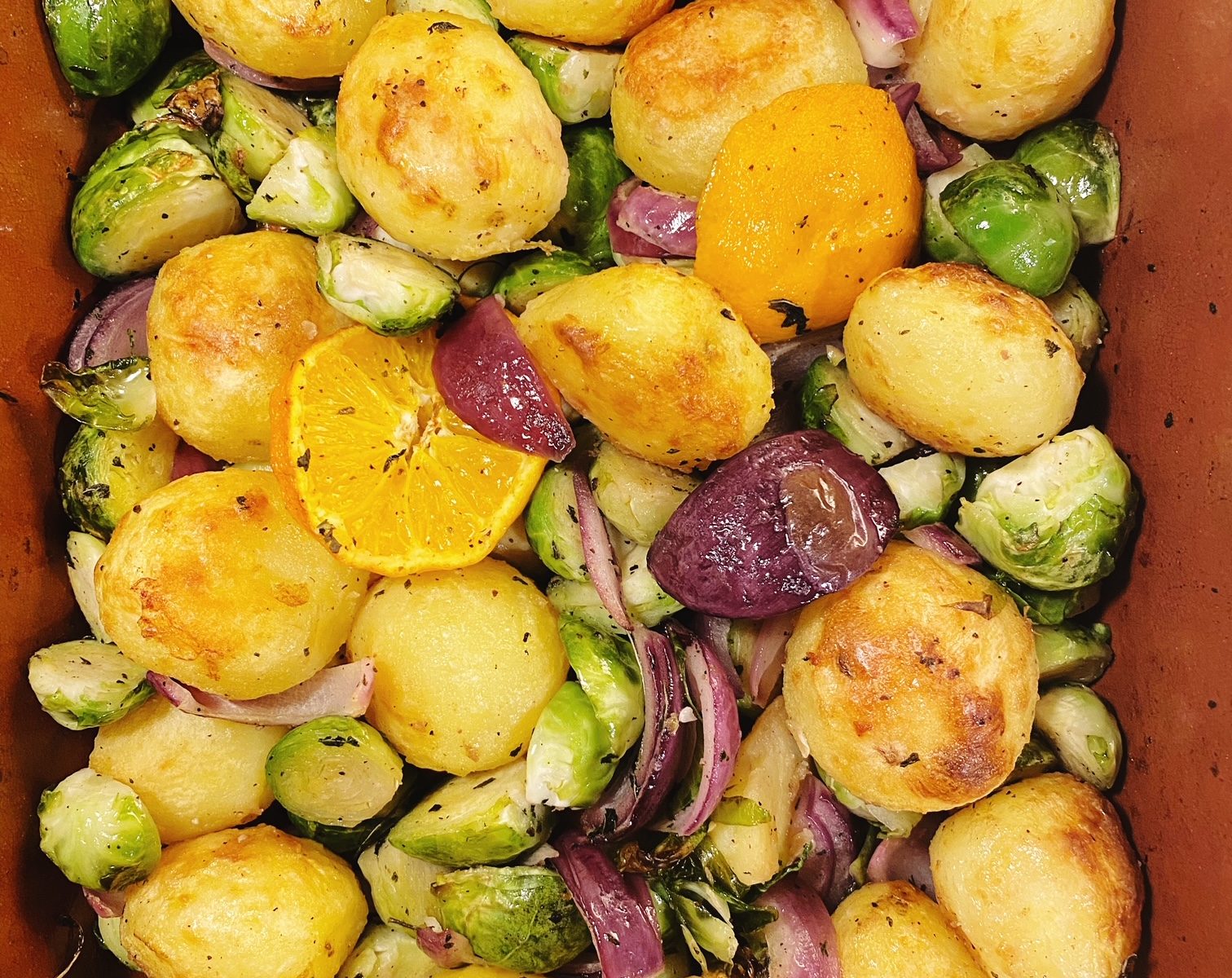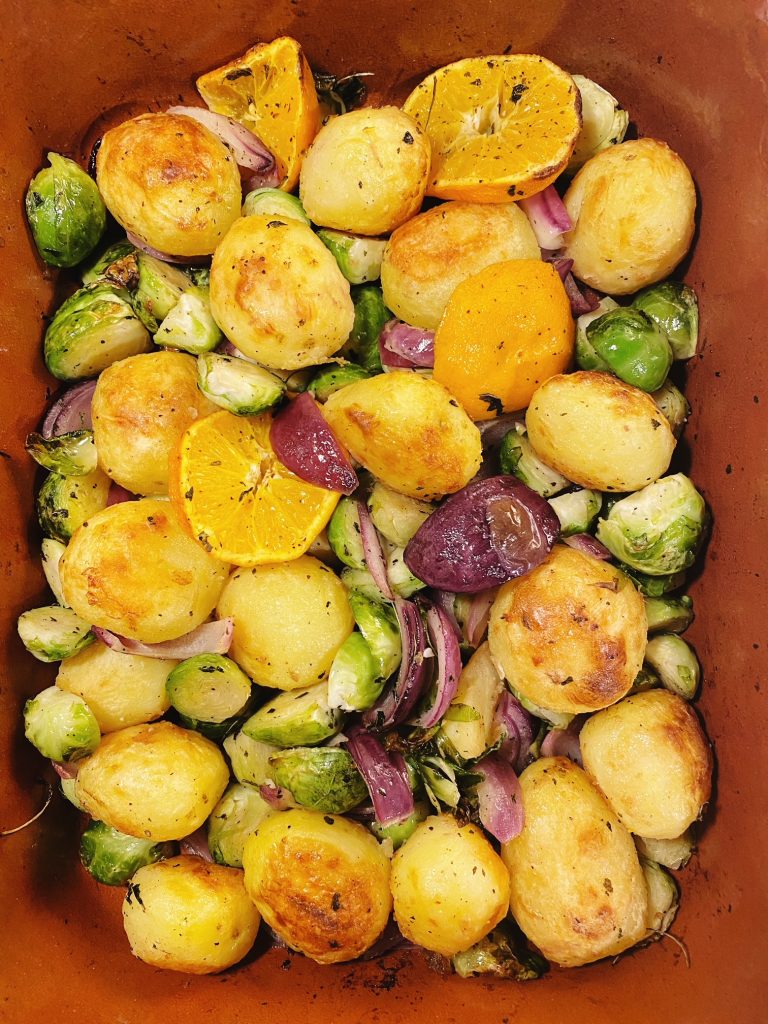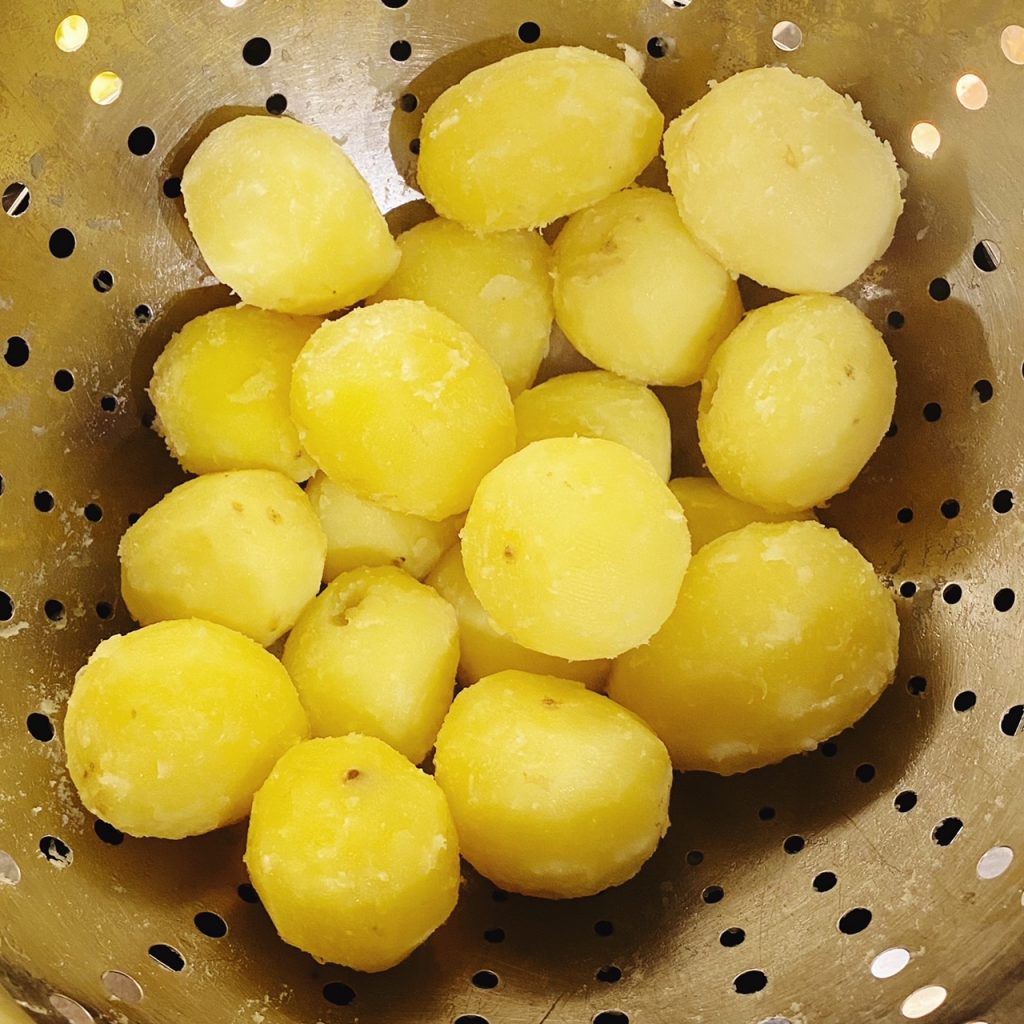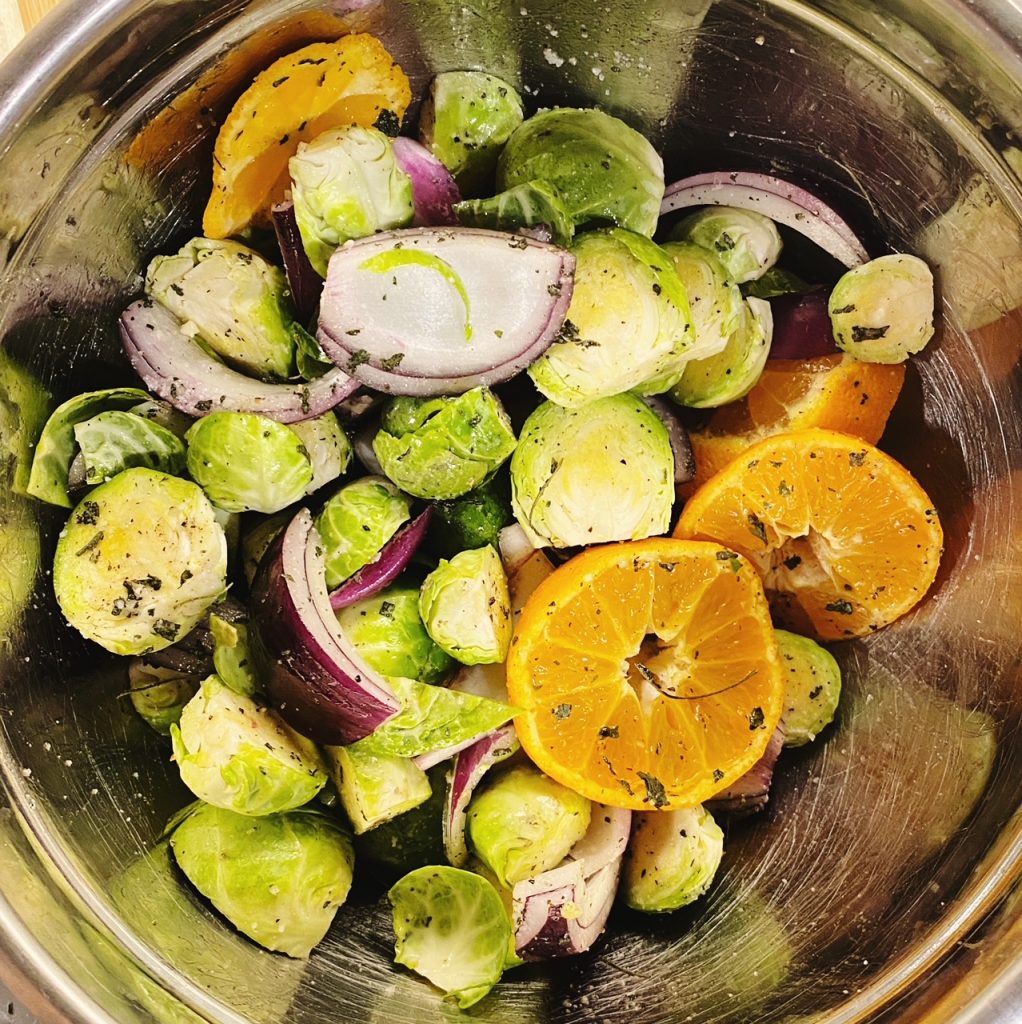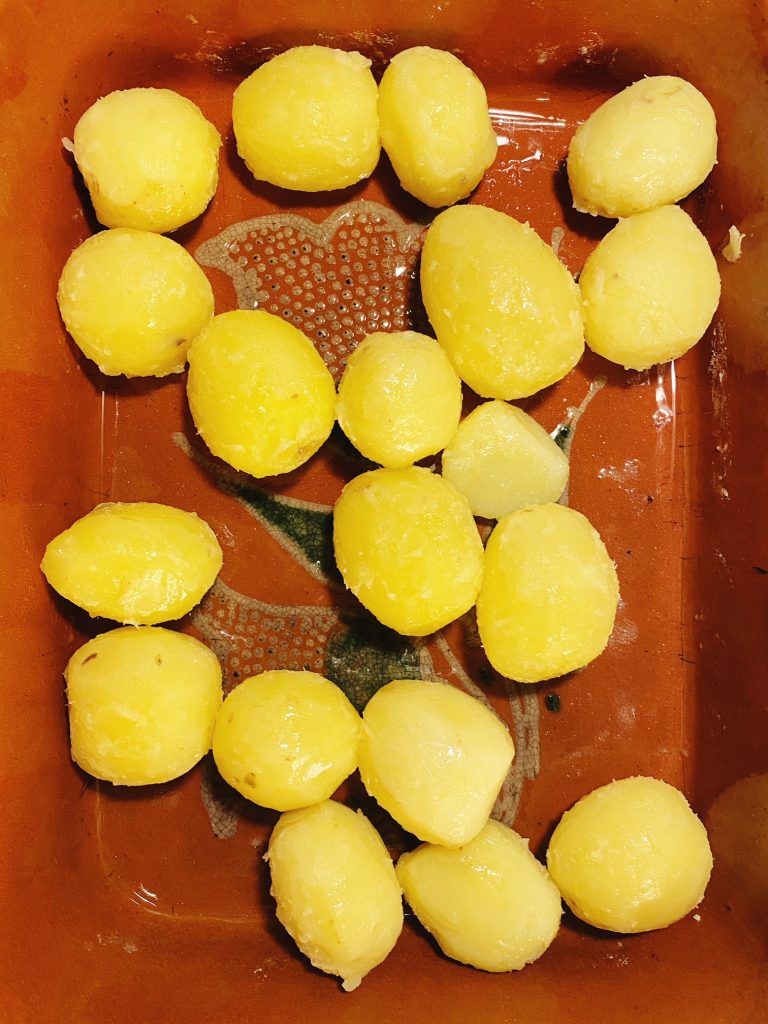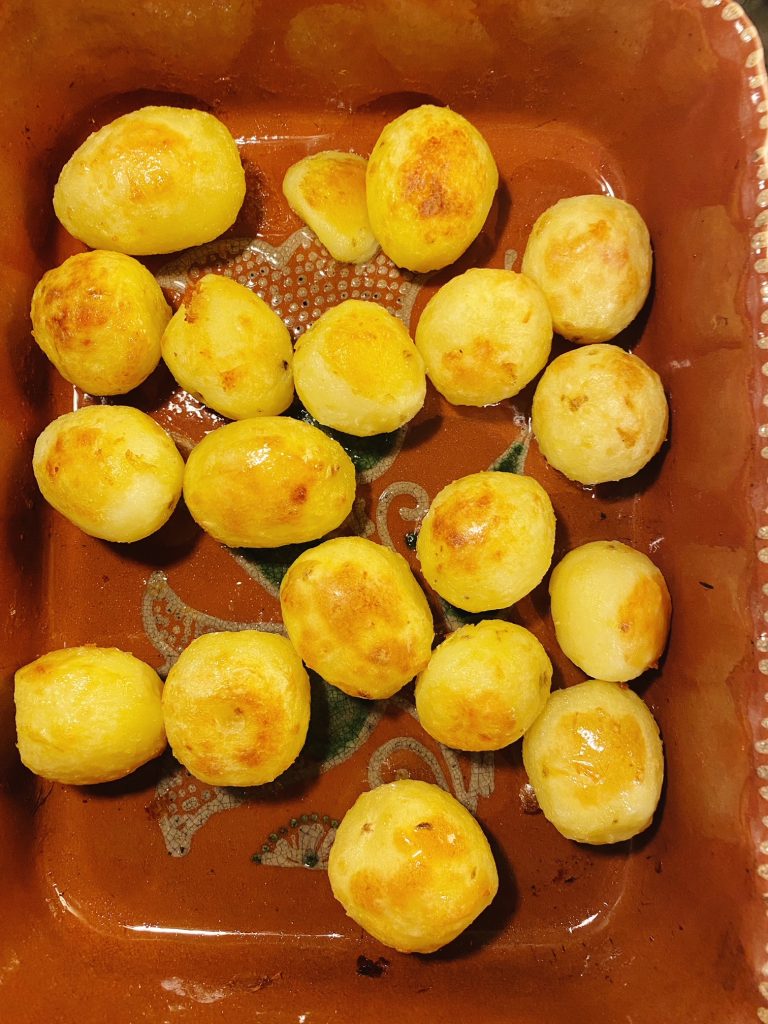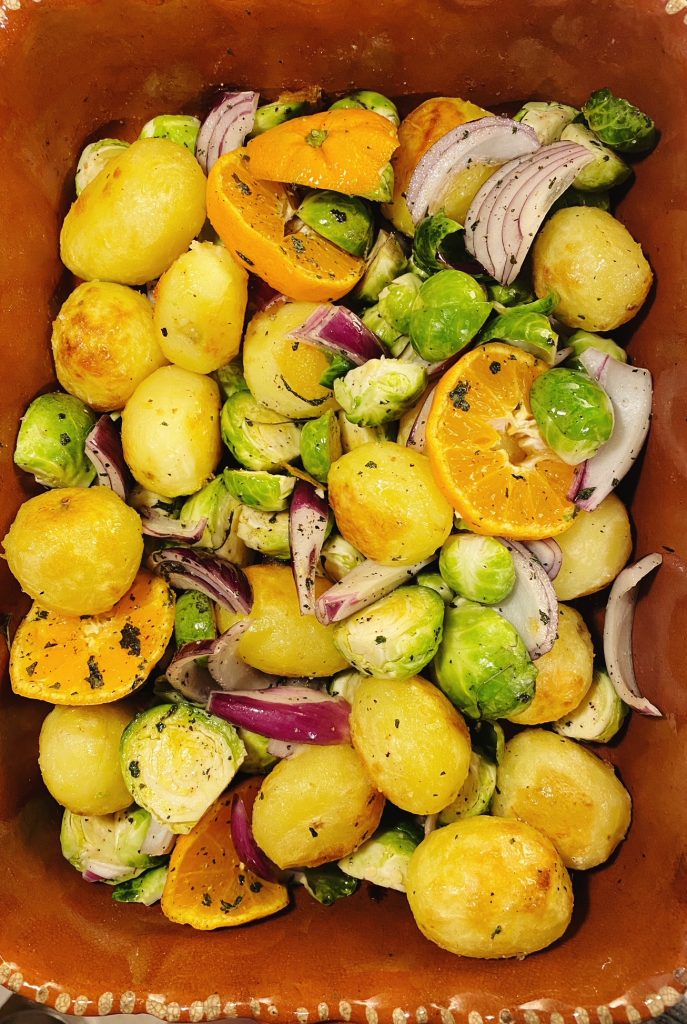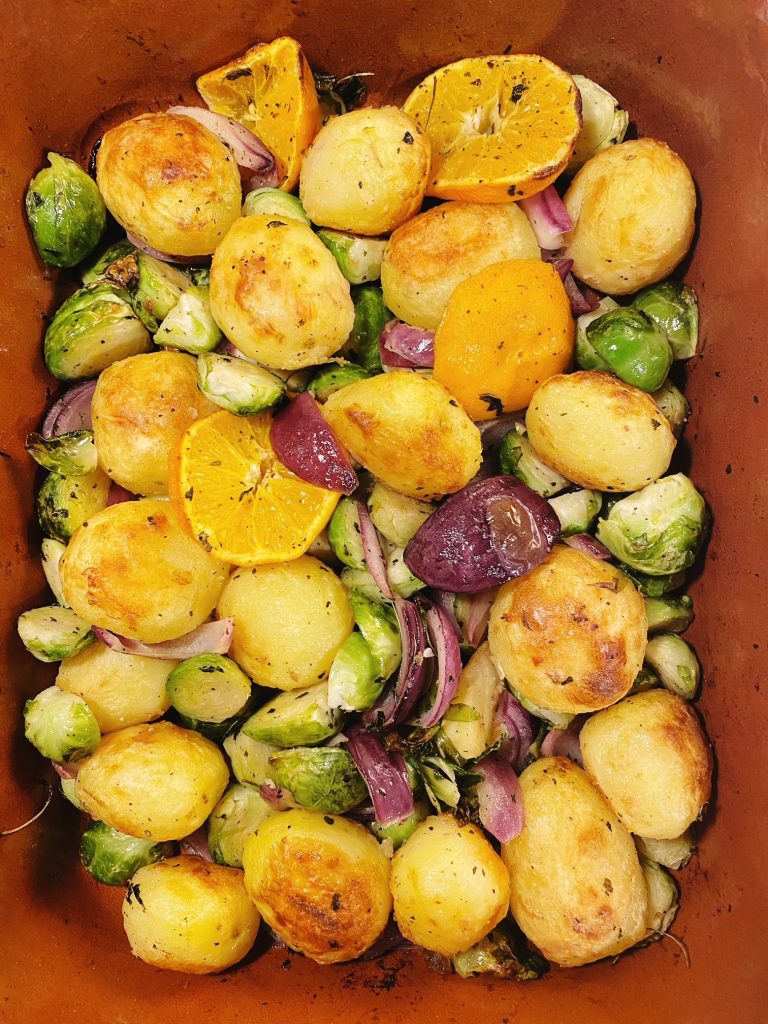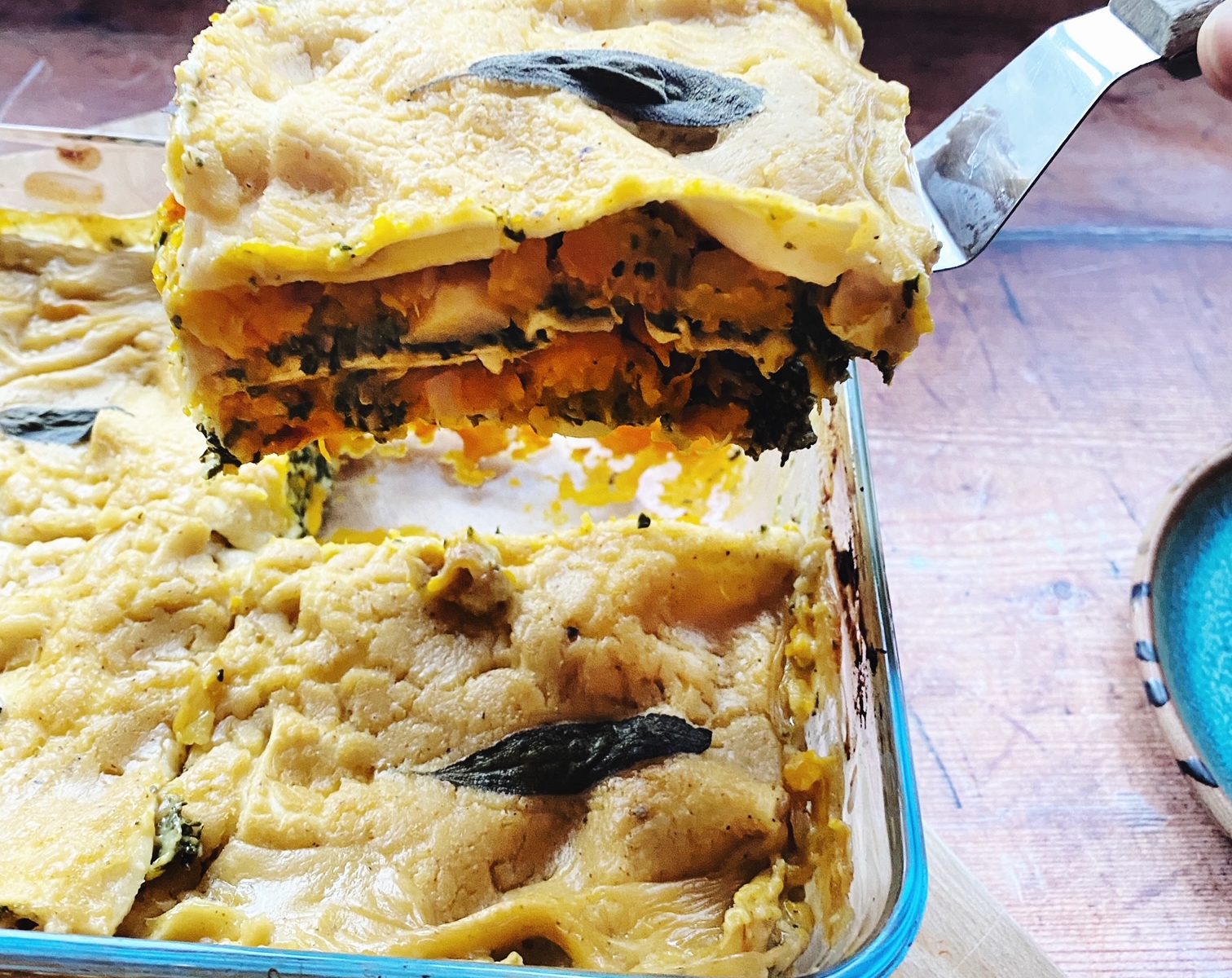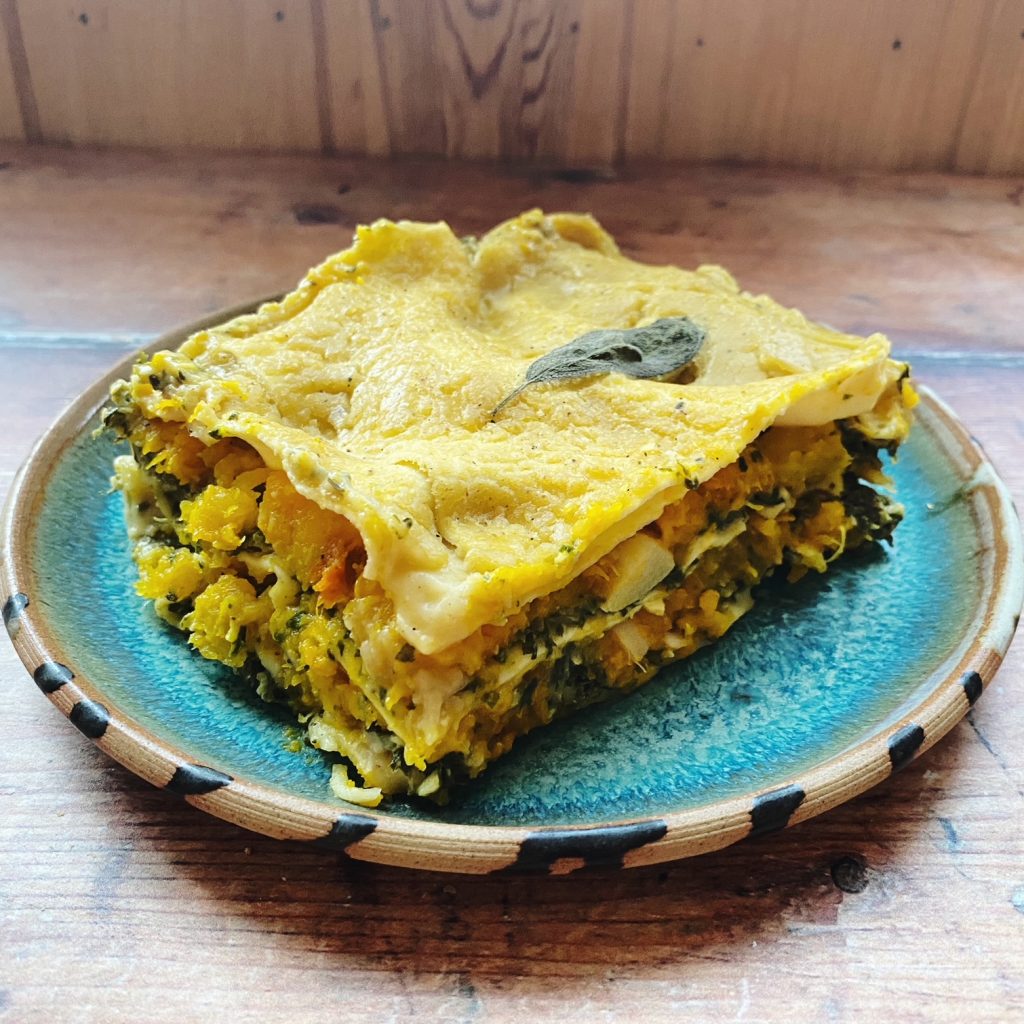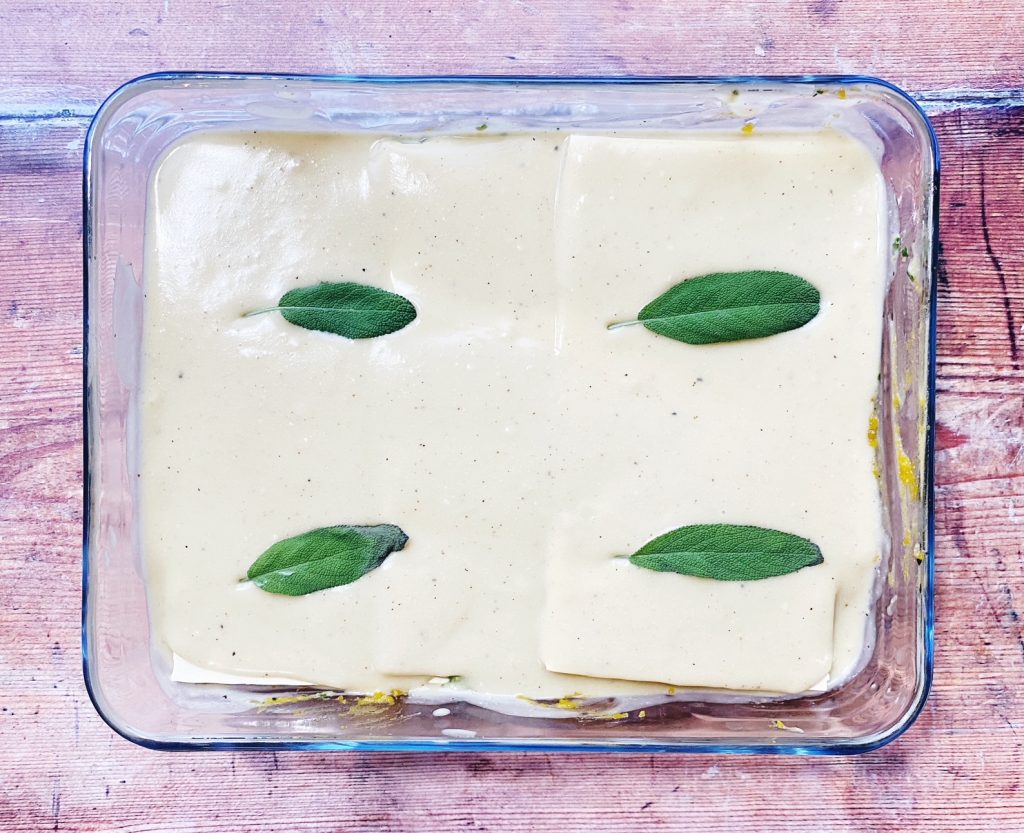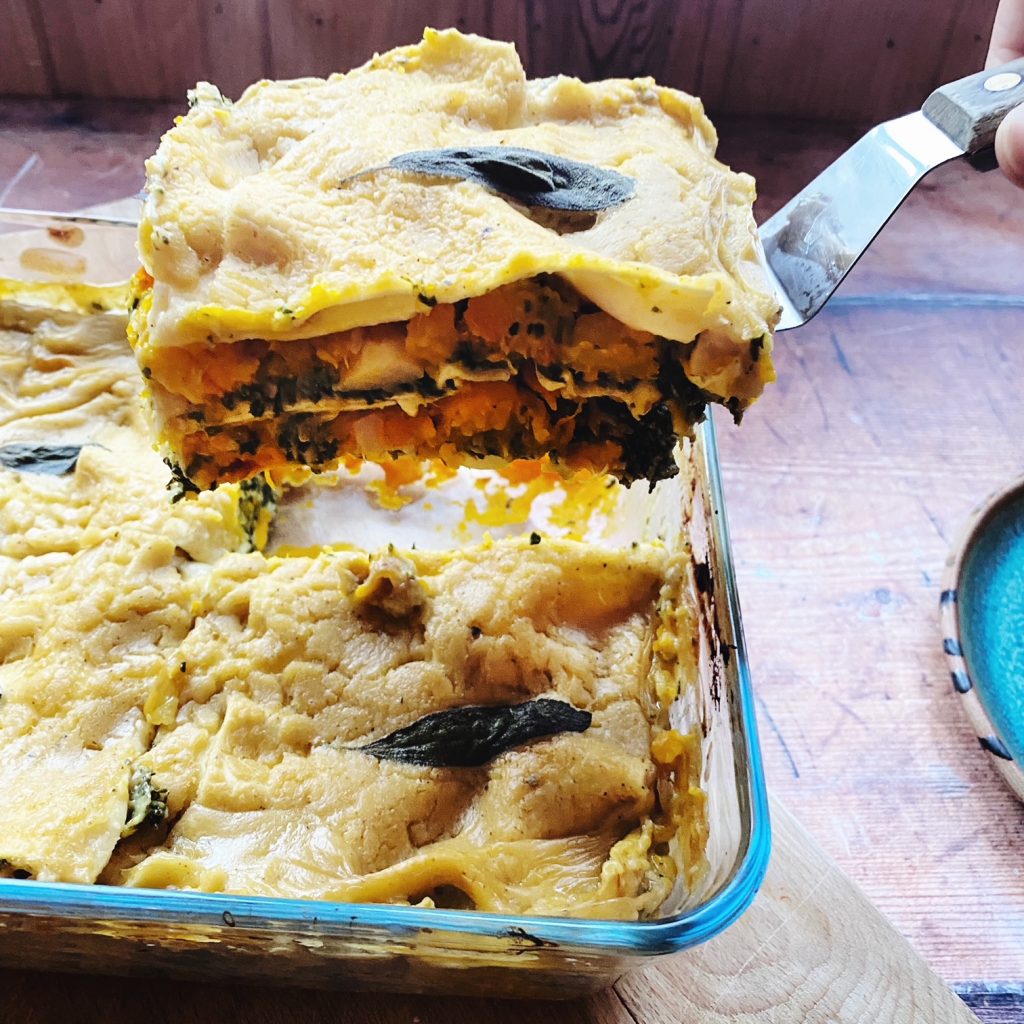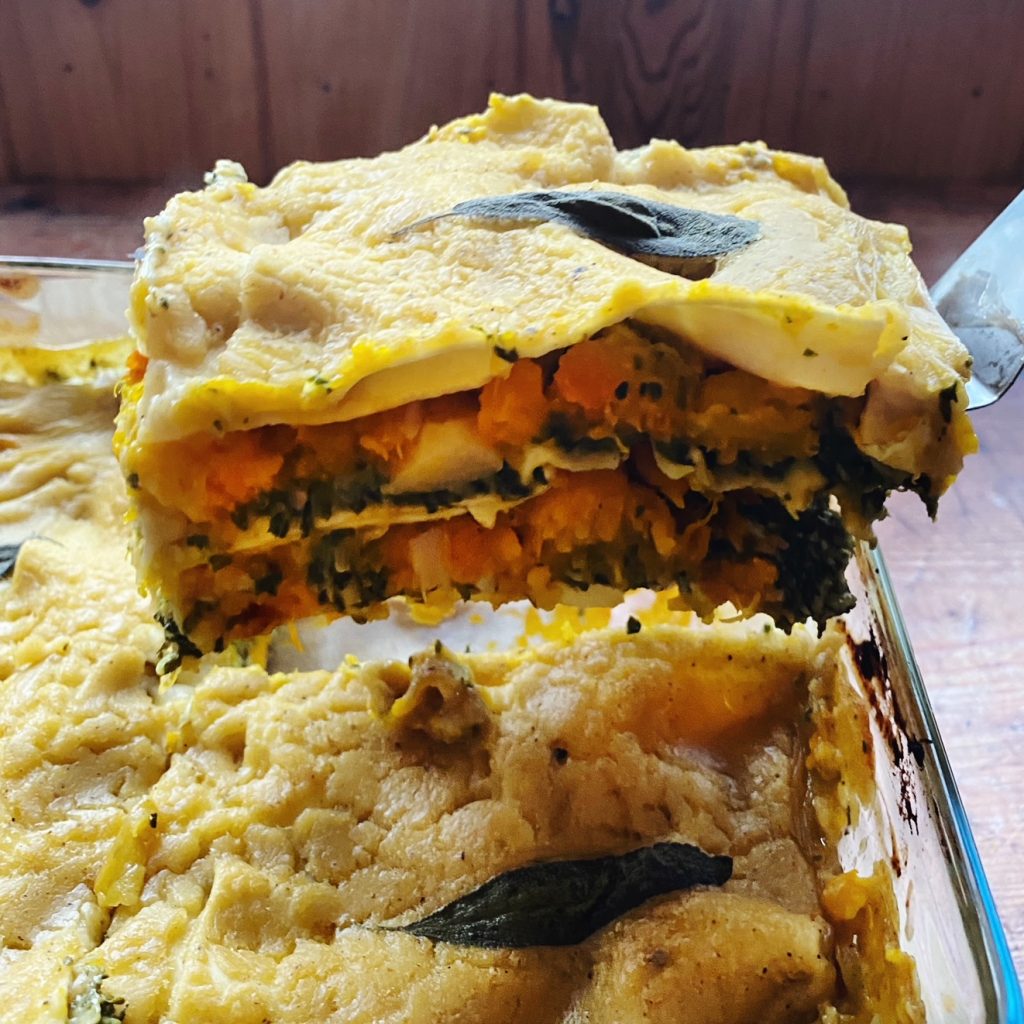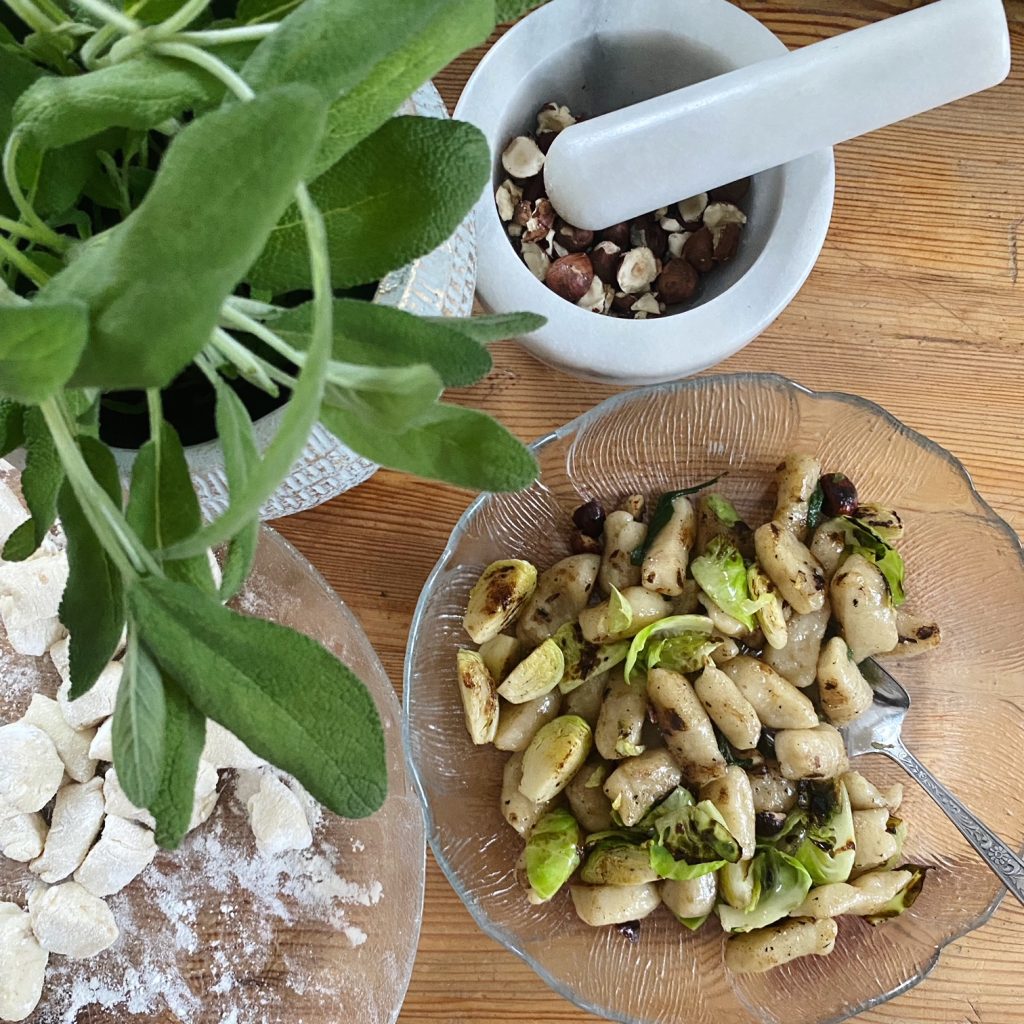
Making gnocchi from scratch is a little intimidating, but it’s actually not that complicated. Simply mix puréed, seasoned vegetables with enough flour to form a soft dough, roll the dough into snakes and cut into bites. Then boil the bites until they rise to the surface and you are ready to sauté, roast or simmer them in sauce. This parsnip variety is ridiculously delicious. Give it Christmassy vibes with sprouts, sage and hazelnuts.
Liz x
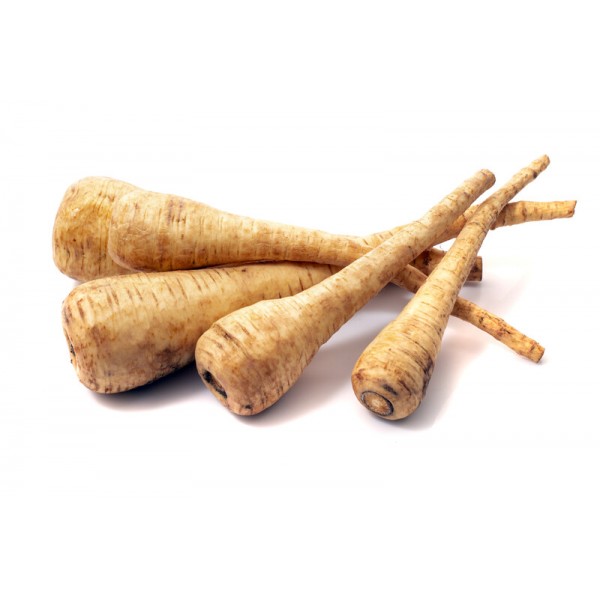
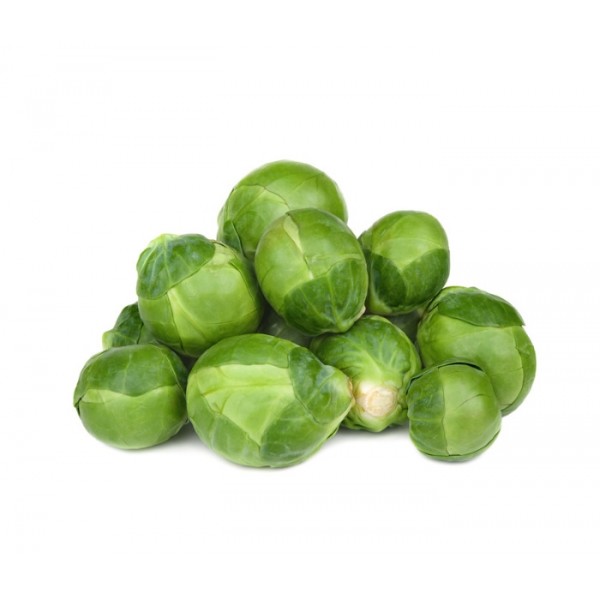
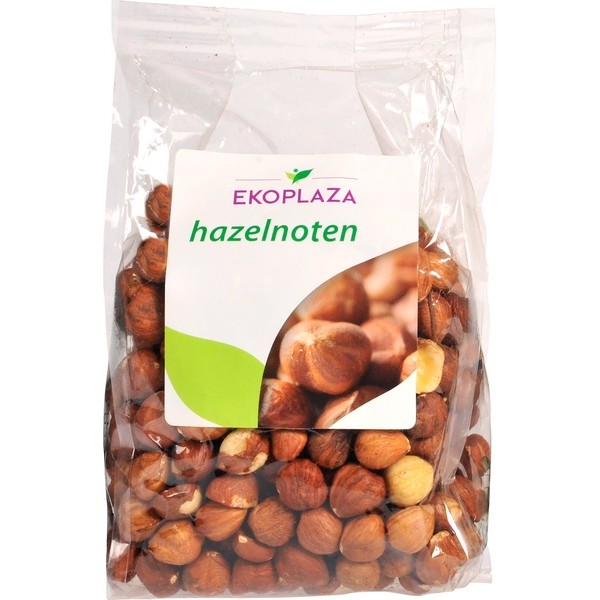
Ingredients (serves 4)
For the gnocchi:
- 500g parsnips, boiled/steamed until soft
- 2 tsp salt and a grind of pepper
- 250g flour (plus more as needed for dusting and rolling)
To finish:
- lots of butter (to sauté the gnocchi in batches)
- around 20 Brussels sprouts, quartered
- a handful of hazelnuts, chopped
- fresh sage leaves
- salt and pepper to taste
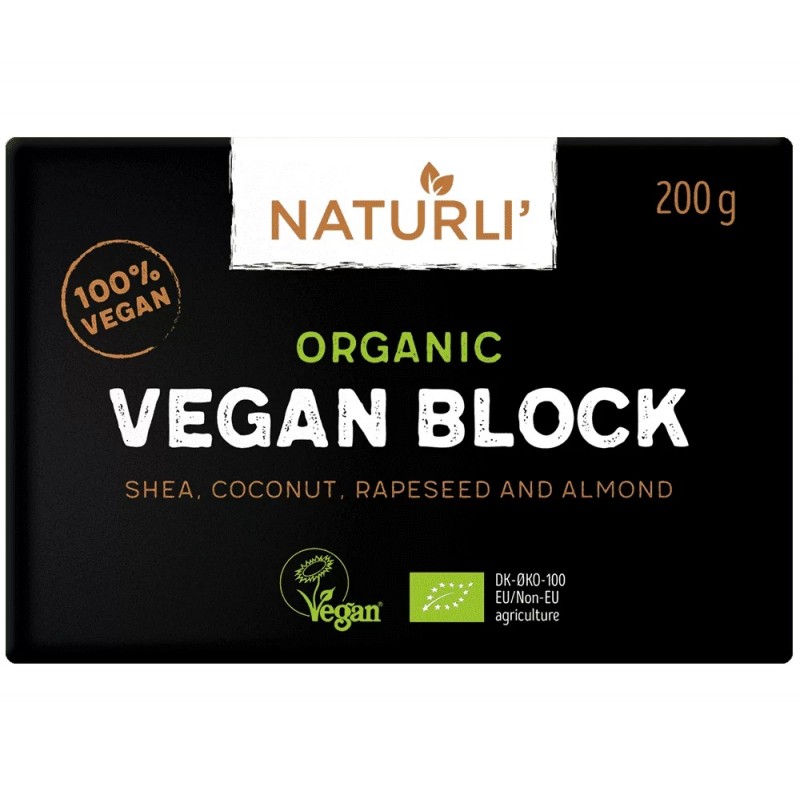
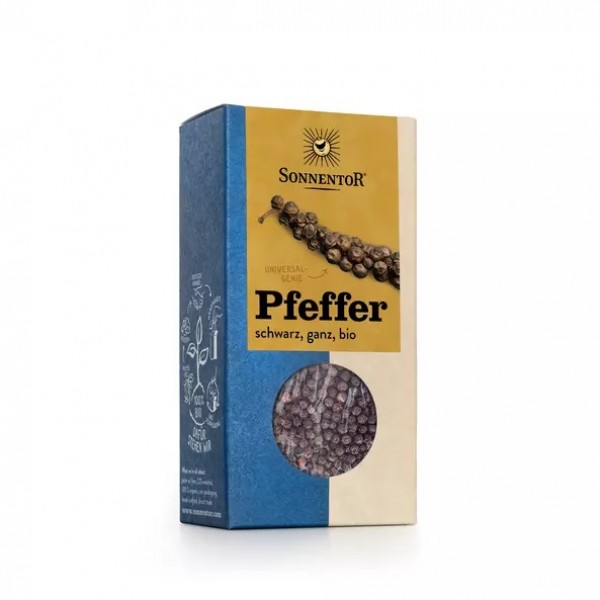
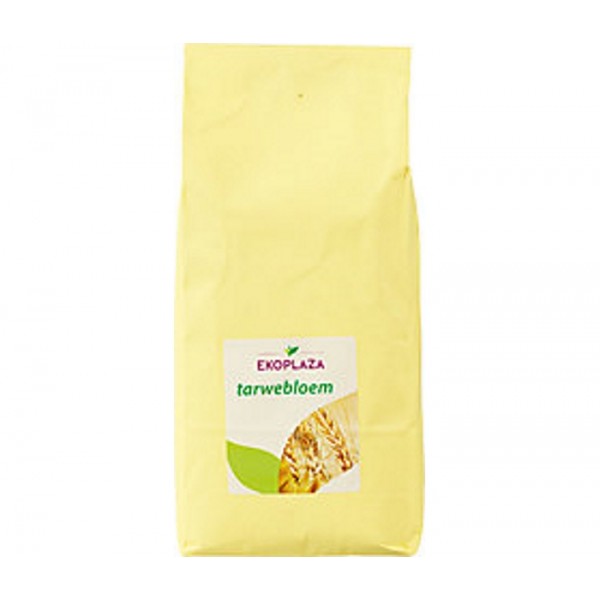
Method
- Mash the cooked parsnips until smooth. If they are a little stringy or you left the skins on, use a blender to get them very smooth. Stir in the salt and pepper and taste. They should be over-seasoned at this stage before you add the flour.
- Tip in the flour and use a spoon to roughly combine it with the pureed parsnips. Then tip out onto a floured surface and bring together into a soft dough. Don’t give in to the temptation to knead, you are not looking for stretchy gluten in gnocchi, you want a tender dough.
- Cut the dough into smaller pieces and roll into slim snakes. Use flour as needed to help avoid stickiness. Then cut the snakes into little bites and spread them out on a floured tray. If you feel up for some kitchen meditation time, you could roll each bite over a gnocchi board or the back of a fork to create beautiful grooves, but it’s not necessary.
- Bring a large pot of water to a rolling boil and drop the gnocchi in in batches. After just a few minutes, they should start to rise to the top, scoop them out with a slotted spoon a place on a large platter. Keep going until you have boiled all the gnocchi.
- Heat up a large frying pan with a generous tbsp of butter. Add half the sprouts and season with salt and pepper. Sauté for 3 minutes until they start to colour. Then add half the gnocchi, half the hazelnuts and around 6 sage leaves. Add another tbsp or so of butter and stir fry to warm up the gnocchi and give it some golden colour. The nuts should get wonderfully toasted and the sage leaves impart gorgeous fragrance and flavour.
- Tumble into two warm bowls to serve and repeat step 5 with the other half of the ingredients. Enjoy!
